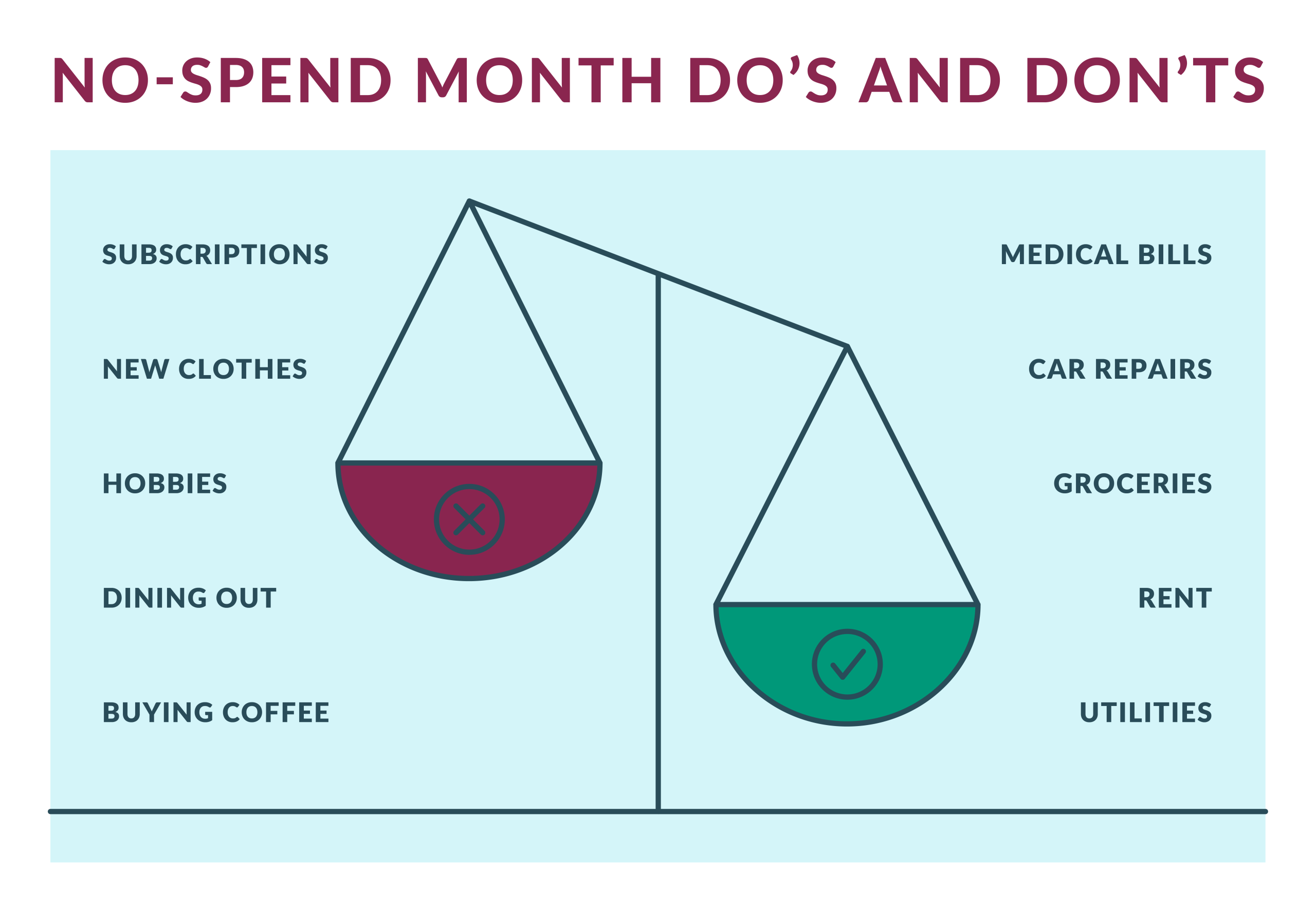Anúncios
Managing personal finances can be challenging, especially when unexpected events occur and you need to spend more than you have available in your checking account.
At this moment, many people encounter the overdraft fee, an extra cost that can significantly impact your budget.
In this article, we will explore what the overdraft fee is, understand how much it can cost, and most importantly, how you can avoid it. By adopting some simple and effective practices, it is possible to keep your finances in order and avoid these unnecessary charges.
So, if you want to know what the overdraft fee is, keep reading as we explain it to you!
What is an Overdraft Fee?
The overdraft fee, also known as overdraft charge, is a fee applied by banks when a customer spends more money than they have in their checking account.
When this happens, the bank temporarily covers the negative balance but charges a fee for the service.
This type of fee can vary slightly depending on the financial institution and the type of account you have.
It is essential to understand how these fees work to avoid unpleasant surprises and better manage your finances.
But how much does an overdraft fee cost?
The cost of an overdraft fee can be quite high and varies widely among different banks and accounts. In many cases, banks charge a fixed fee for each transaction that leads to a negative balance.
For example, if you make three different transactions while in overdraft, you could end up paying three separate fees.
Additionally, some banks apply a daily fee while the account remains negative, quickly accumulating costs for the consumer.
These fees can range from $30 to $35 per incident, which can represent a significant financial impact if not managed properly.
How to Avoid Overdraft Fees?
Avoiding overdraft fees requires careful planning and financial management. There are several strategies you can adopt to ensure you are not caught off guard by these fees.
Below, we discuss some of the best practices to avoid the high charges associated with overdraft use.
Find an Account that Doesn’t Charge the Fee
One of the most effective ways to avoid overdraft fees is to look for a bank account that doesn’t charge them.
Many banks and credit unions offer accounts that do not apply overdraft fees or allow the option to disable overdraft coverage.
Researching and comparing different accounts can help you find one that best suits your financial needs.
Additionally, many online financial institutions offer checking accounts without these fees, providing an economical alternative to traditional banks.
Opt Out of Overdraft Coverage
Another strategy is to opt out of overdraft coverage. This means that instead of allowing your account to go negative, the bank will simply decline the transaction if you do not have sufficient funds.
While this may cause some embarrassment at the moment, it avoids the accumulation of overdraft fees.
You can request that your bank deactivate this coverage, ensuring that you will not be inadvertently charged.
Keep an Eye on Your Account Balance
Regularly monitoring your account balance is crucial to avoid falling into overdraft. Checking your balance daily or several times a week can help ensure you always have enough funds to cover your expenses.
Many banks offer mobile apps that make it easy to monitor your account balance in real-time. Being aware of your balance also allows you to plan your expenses and avoid overspending.
Use a Prepaid Debit Card
Another option to avoid overdraft fees is to use a prepaid debit card. With these cards, you load a specific amount onto the card and can only spend up to the loaded limit.
This eliminates the possibility of spending more than you have and, consequently, avoids the imposition of overdraft fees.
Prepaid debit cards are widely available and can be a useful tool for those who want to maintain strict control over their expenses.
Set Up Alerts for Your Account
Setting up alerts for your account is an effective way to avoid falling into overdraft. Many banks allow you to configure email or SMS notifications to inform you when your balance is low.
These alerts can serve as reminders to deposit more money into the account or adjust your spending to avoid a negative balance.
Staying informed about your account status is a preventive measure that can save money in the long run.
Create a Cash Reserve
Finally, creating a cash reserve can provide a financial cushion that helps avoid overdraft fees.
Having a set amount reserved in a separate savings account can cover unexpected expenses and prevent your checking account from going negative.
Even a small reserve can make a big difference, providing financial security and peace of mind. Regularly saving, even in small amounts, can build this reserve over time.
Understanding what overdraft fees are and how to avoid them is crucial for healthy financial management.
These fees can be extremely burdensome and cause financial difficulties if not properly managed.
Fortunately, there are several effective strategies to avoid these fees.
Such as finding accounts that don’t charge them, opting out of overdraft coverage, regularly monitoring your balance, using prepaid debit cards, setting up balance alerts, and creating an emergency reserve.
By adopting these practices, you can protect your finances and avoid the additional costs associated with overdraft fees.
Continue to visit our website to learn more about the world of personal finance and stay up to date with all the latest news. And learn about credit card fees!






